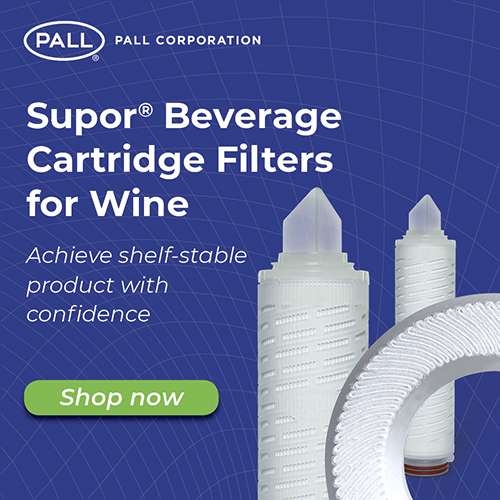O processo de engarrafamento de vinho correto pode evitar riscos e perdas significativas
Engarrafamento do vinho é a etapa final do processo de produção, mas também é uma etapa crítica, especialmente quando filtração é uma preocupação.
As cepas de levedura utilizadas na fermentação do vinho geralmente são Saccharomyces cerevisiae ou Saccharomyces bayanus.
As células da levedura nos vinhos engarrafados contendo açúcar residual fermentam novamente provocando turvação, sedimentos, além de aroma e sabor de fermento. Vinhos engarrafados contendo açúcar residual suficiente podem até mesmo explodir se ocorrer refermentação.
O processo de engarrafamento de vinho é extenso e exige expertise para preservar a longevidade do produto. Implementar um programa de engarrafamento de vinho bem pensado que inclui a pré-filtração e a filtração final garantirá que a sua marca esteja protegida e que a qualidade do seu produto seja consistente. Isso também ajudará você a evitar o risco e perdas possivelmente significativas associadas com recall do produto.
Antes do engarrafamento do vinho, o processamento típico da adega upstream inclui filtração tangencial ou alguma combinação da filtração por placas e da filtração de terra diatomácea (DE). Além disso, o vinho pode ter sofrido estabilização química e/ou estabilização a frio (estabilização tartárica). A essa altura, o vinho não deve conter partículas e deve ser visualmente claro (turbidez < 1 NTU) com índice de filtrabilidade inferior a 30.
Após a filtração a montante na adega, o tempo de armazenamento antes do engarrafamento final deve ser o menor possível, visando evitar contaminação, mudanças nas propriedades do vinho (oxidação, precipitação) e evitar o crescimento de micro-organismos. O ideal é que a filtração na adega ocorra não mais do que 3 dias antes da filtração final e engarrafamento.
